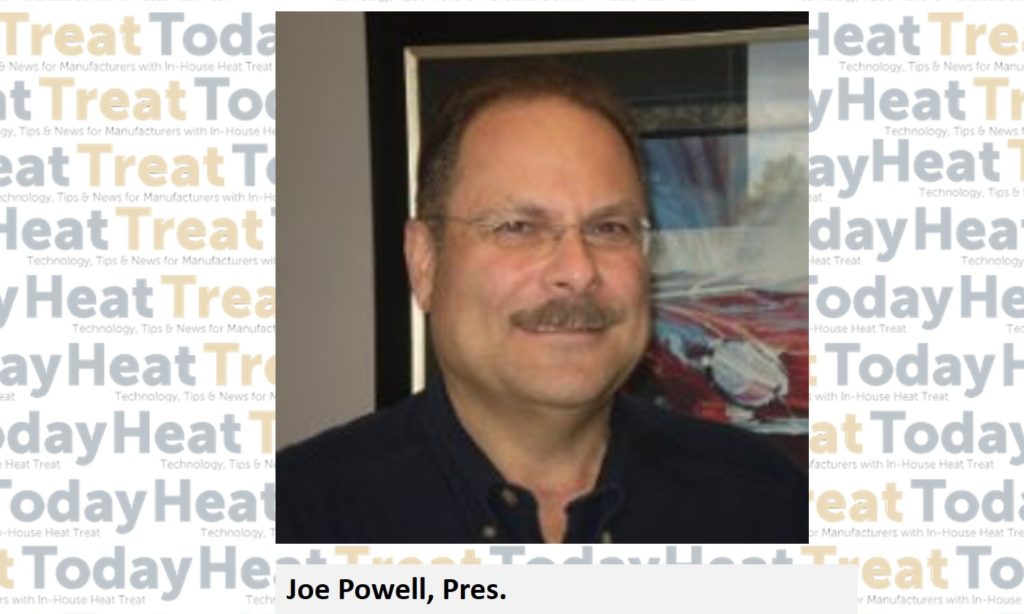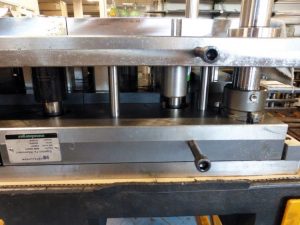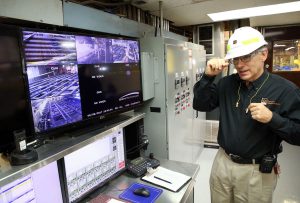Joe Powell Comments on Marquenching and Austempering
Last week, we ran a news release about ThermoFusion in California expanding their heat treat capabilities to include marquenching and austempering (click here to see that release). In that short article, some comments were made about the aggressiveness of various quench methods and their effect on distortion and cracking.
Joe Powell, of Akron Steel Treating Company, Integrated Heat Treating Solutions, LLC, IQDI Products, LTD., and IQ Technologies Inc, one of the heat treat industry’s foremost experts on quenching, wrote in to help educate all of us a bit more on the finer points of quenching. Below are his comments. Joe can be reached at JoePowell@akronsteeltreating.com.
Doug,
In your recent article, you stated that Marquenching and Austempering use a “less aggressive” quench cooling rate, “and reduce distortion caused by rapid temperature change (thermal shock)” which is only half true. The main mechanism that allow a molten salt quench to reduce distortion is the elimination of mixed phase cooling – there is no slow film boiling (gas) phase cooling mixed with the high-evaporative cooing phase of nucleate boiling, but only a single phase of all liquid convection cooling. It’s the non-uniformity of cooling at the surface of the part that will distort or crack the part not so much the rate of cooling.
Joe
Joseph A. Powell, President
Akron Steel Treating Company
Integrated Heat Treating Solutions, LLC
IQDI Products, LTD.
IQ Technologies Inc
Joe Powell Comments on Marquenching and Austempering Read More »






